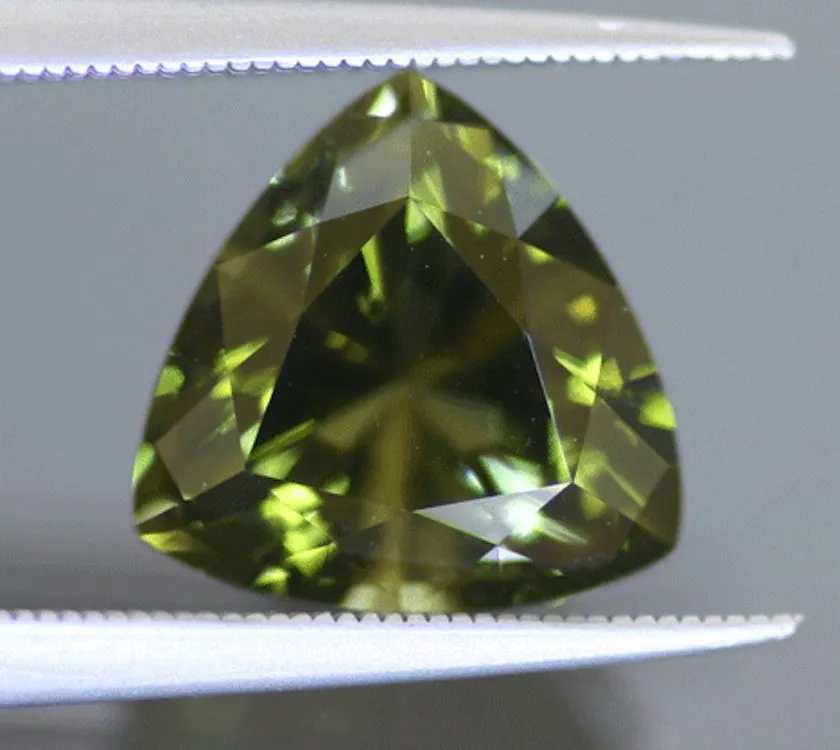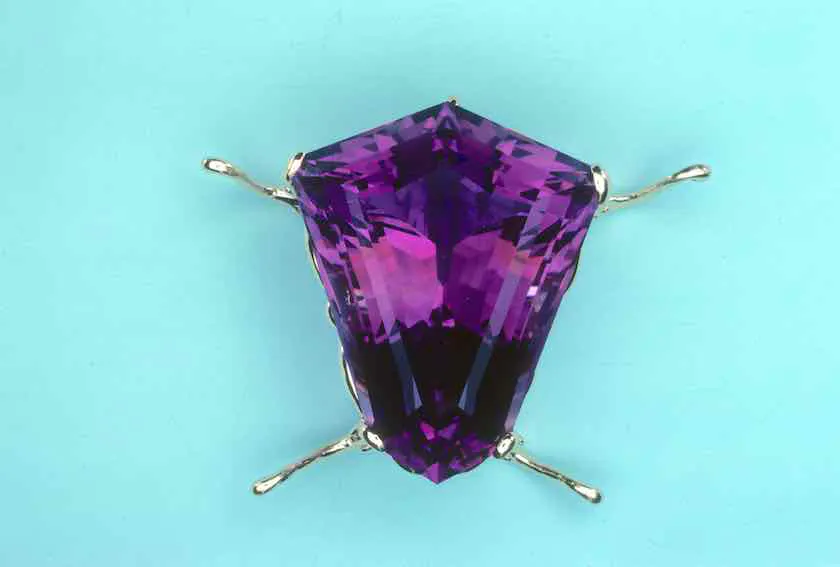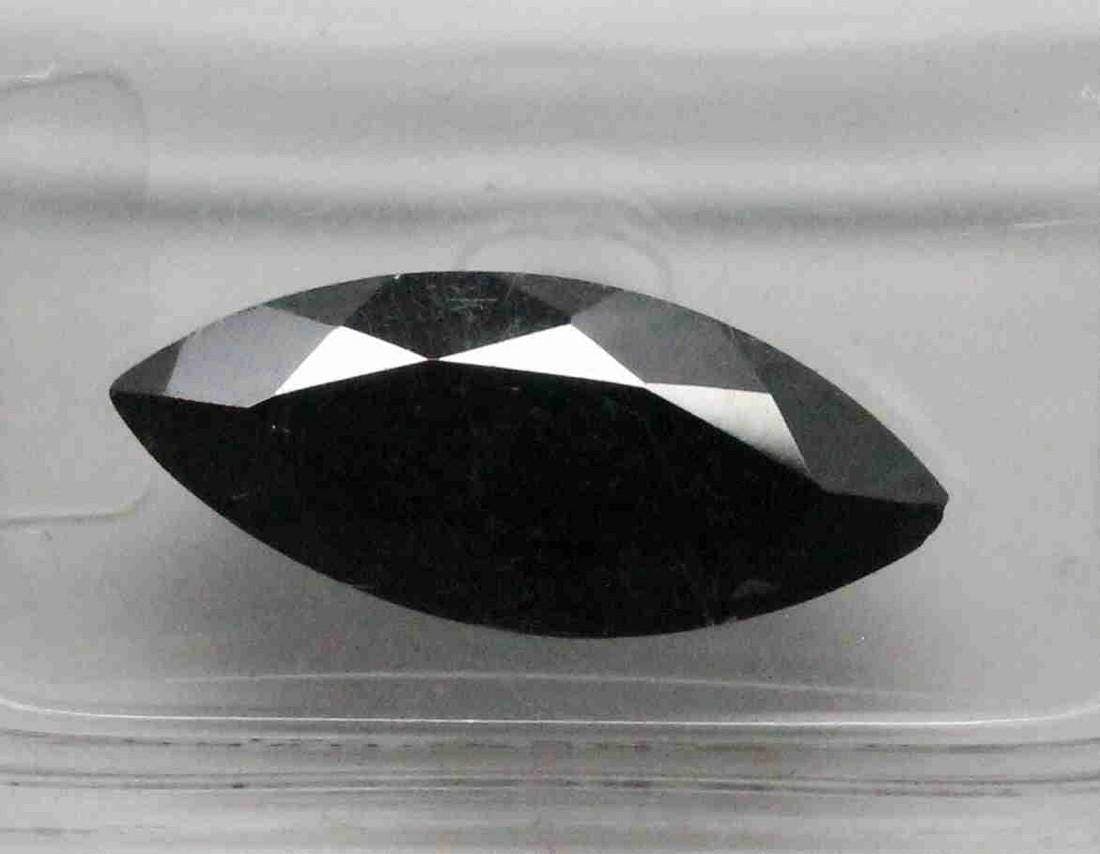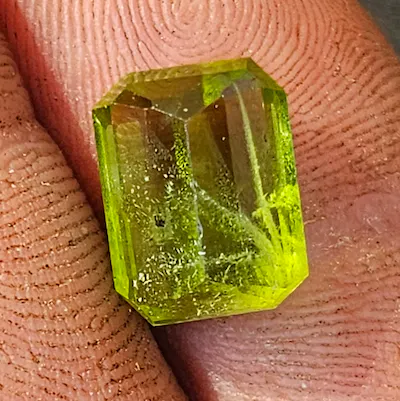Information about Diamonds, News
Lab-grown diamonds: Understanding the Four Cs
Just picture yourself immersed in a realm where the allure of diamonds unfolds in a laboratory setting, eliminating the need for traditional mining. Intriguing, isn’t it? That’s the captivating realm of lab-grown diamonds. These mesmerizing gems are valued based on the Four Cs: color, cut, clarity, and carat. What adds to their appeal? Lab-grown diamonds come with a price tag that’s 40 to 50% lower than their naturally occurring counterparts of similar size and quality. Thanks to technological advancements and refined production techniques, the cost of lab-grown diamonds has been consistently decreasing. With the increasing availability and competition among producers, the prospect of even more affordable prices looms on the horizon. Whether you’re in search of a pristine colorless diamond or one with a captivating hue, lab-grown diamonds present a diverse array of options—all at budget-friendly prices. If you’re currently on the lookout for the perfect diamond, it’s time to delve into the world of lab-grown diamonds through Melogems and unearth the ideal gem that complements both your style and your budget.
Lab-grown diamonds: Understanding the Four Cs
Lab-grown diamonds have become increasingly popular in recent years, offering a more affordable and sustainable alternative to natural diamonds. When it comes to understanding and evaluating lab-grown diamonds, it’s important to consider the Four Cs: color, cut, clarity, and carat. These factors play a significant role in determining the price and overall quality of lab-grown diamonds.
Color
Color is one of the Four Cs that greatly influences the value of both natural and lab-grown diamonds. However, when it comes to lab-grown diamonds, color has less impact on pricing compared to natural diamonds. This is because lab-grown diamonds are produced in controlled environments, which allows for greater predictability in color grading.
Lab-grown diamonds are available in a wide range of colors, from colorless to fancy colors. Colorless lab-grown diamonds are widely available and offer an affordable alternative to natural diamonds. On the other hand, lab-grown diamonds also offer a variety of fancy colored options at lower prices compared to natural colored diamonds. The affordability and availability of lab-grown diamond colors make them an attractive option for consumers.
Cut
The cut of a diamond refers to how well it has been shaped and faceted. Diamond cutters can cut lab-grown diamonds into any shape, offering a wide range of options to suit different preferences. However, the round cut remains the most popular choice for lab-grown diamonds.
The cut of a lab-grown diamond can significantly affect its price. Prices for some fancy cuts of lab-grown diamonds have increased recently due to consumer demand. This highlights the importance of considering the cut when purchasing a lab-grown diamond, as it can impact both the price and the overall appearance of the stone.
Clarity
Clarity refers to the presence of imperfections or inclusions within a diamond. These imperfections can affect the clarity grade and ultimately the price of the diamond. In lab-grown diamonds, clarity imperfections can have a similar impact on pricing as they do in natural diamonds.
Many lab-grown diamonds come with grading reports from reputable institutions like the International Gemological Institute (IGI) or the Gemological Institute of America (GIA). These reports provide information on the clarity grade of the diamond, making it easier for consumers to compare and evaluate different lab-grown diamonds. It’s worth noting that lab-grown diamonds with grading reports tend to be more affordable compared to GIA-graded natural diamonds.
Carat
Carat weight is a significant factor in determining the price of lab-grown diamonds. Similar to natural diamonds, the larger the carat weight, the higher the price. However, there are some differences to consider when it comes to carat weight in lab-grown diamonds.
Lab-grown diamonds with exact weights are more common than natural diamonds. This means that you can find a wider range of lab-grown diamonds with specific carat weights, making it easier to find the size you desire. Additionally, larger carat weights are more common in lab-grown diamonds compared to natural diamonds.
The impact of carat weight on pricing can vary depending on the size of the diamond. Prices for larger carat synthetic diamonds are dropping at a significantly greater rate than smaller carat weights. This is due to advancements in technology and production methods, making larger lab-grown diamonds more accessible and affordable.
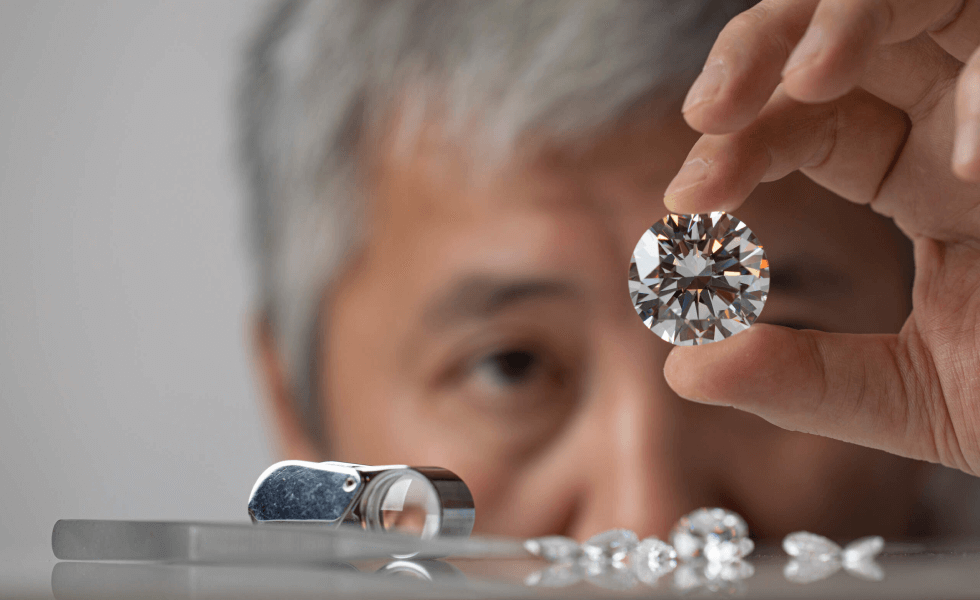
Lab-grown Diamond Pricing
Lab-grown diamonds are often priced at a lower cost compared to natural diamonds. On average, lab-grown diamonds can cost 40 to 50% less than natural diamonds of similar size and quality. There are several factors that contribute to this price difference.
Comparison with Natural Diamonds
The main reason for the price difference between lab-grown and natural diamonds is the method of their formation. Natural diamonds take billions of years to form under intense heat and pressure deep within the Earth’s crust. This rarity and natural process contribute to the high cost of natural diamonds.
In contrast, lab-grown diamonds are created using high-pressure high-temperature (HPHT) or chemical vapor deposition (CVD) techniques in controlled laboratory environments. These methods reduce the time required for diamond formation and the cost of production, resulting in more affordable prices for lab-grown diamonds.
Impact of Carat Weight
As mentioned earlier, carat weight plays a significant role in lab-grown diamond pricing. The larger the carat weight, the higher the price. This is consistent with natural diamond pricing as well. However, the impact of carat weight on pricing may differ between lab-grown and natural diamonds.
Lab-grown diamonds tend to have more affordable prices for larger carat weights compared to natural diamonds. This is due to the increased accessibility and abundance of larger lab-grown diamonds. As technology and production methods continue to advance, prices for larger carat lab-grown diamonds are expected to decrease further.
Impact of Color
Color is another factor that can influence the price of lab-grown diamonds. However, as mentioned earlier, the impact of color on pricing is generally lower for lab-grown diamonds compared to natural diamonds.
Lab-grown diamonds offer a wide range of color options, from colorless to fancy colors. Colorless lab-grown diamonds are widely available at affordable prices, making them an attractive option for consumers. Additionally, lab-grown diamonds can be produced in fancy colors at lower prices compared to natural colored diamonds. This affordability and variety in color contribute to the competitive pricing of lab-grown diamonds.
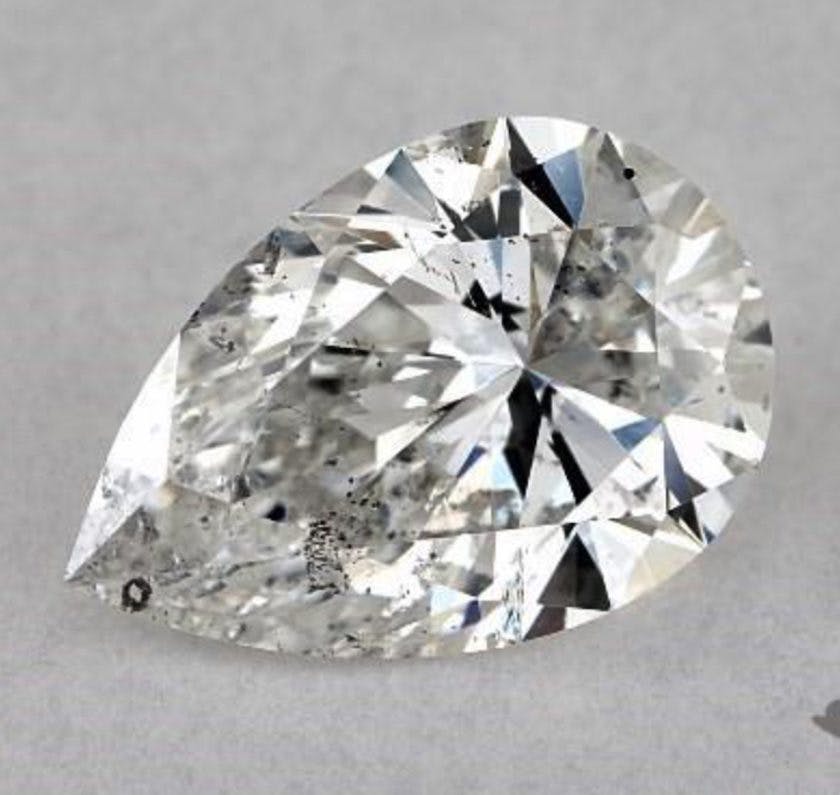
Impact of Cut
The cut of a lab-grown diamond can impact its pricing as well. Similar to natural diamonds, certain cuts are more popular and may command higher prices. However, the impact of cut on lab-grown diamond pricing is not as significant as it is for natural diamonds.
Lab-grown diamonds can be cut into any shape, offering versatility and options for consumers. The round cut remains the most popular choice, and prices for fancy cuts have seen recent increases due to consumer demand. When considering the cut of a lab-grown diamond, it’s important to balance personal preference with budget, as the impact on pricing may not be as pronounced as it is for natural diamonds.
Impact of Clarity
Clarity is an important aspect of lab-grown diamond pricing, just as it is for natural diamonds. Clarity refers to the presence of imperfections or inclusions within the diamond. These imperfections can affect the overall appearance and quality of the diamond, ultimately impacting its price.
Lab-grown diamonds with higher clarity grades, indicating fewer imperfections, tend to command higher prices. However, it’s worth noting that lab-grown diamonds generally have fewer clarity issues compared to natural diamonds. This is because the controlled production environment allows for greater control over the clarity of the diamonds.
Many lab-grown diamonds come with grading reports from reputable institutions like IGI or GIA. These reports provide information on the clarity grade, allowing consumers to make informed decisions and compare different lab-grown diamonds. The availability of grading reports also contributes to the affordable pricing of lab-grown diamonds.
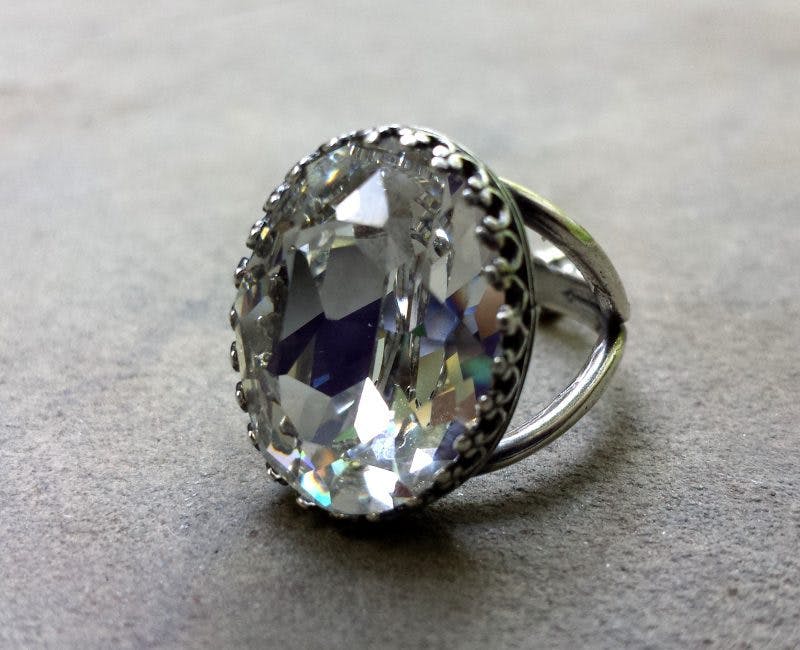
Comparison with Natural Diamonds
When comparing lab-grown diamonds to natural diamonds, one of the most notable differences is the price. Lab-grown diamonds can cost 40 to 50% less than natural diamonds of similar size and quality. This price difference can be quite significant and makes lab-grown diamonds an attractive alternative for budget-conscious consumers.
The factors influencing the price difference between lab-grown and natural diamonds have already been discussed in the previous sections. The controlled production environment, increased availability, and competition among producers all contribute to the affordability of lab-grown diamonds.
As technology and methods for lab production continue to improve, the price of lab-grown diamonds may further decrease. The increasing availability of lab-grown diamonds and the competition among producers are expected to keep prices down, making lab-grown diamonds a more accessible option for consumers.
In addition to the price difference, lab-grown and natural diamonds also differ in their environmental impact. Lab-grown diamonds are considered more sustainable and ethical compared to natural diamonds, as they do not require mining and have a lower carbon footprint. This aspect of lab-grown diamonds has garnered attention and contributed to their growing popularity.
In conclusion, understanding the Four Cs of lab-grown diamonds is crucial when evaluating their quality and pricing. Color, cut, clarity, and carat all play significant roles in determining the value and appeal of lab-grown diamonds. By considering these factors, consumers can make informed decisions and find lab-grown diamonds that suit their preferences and budget. With their affordability, sustainability, and increasing availability, lab-grown diamonds are becoming a preferred choice for many jewelry enthusiasts.

